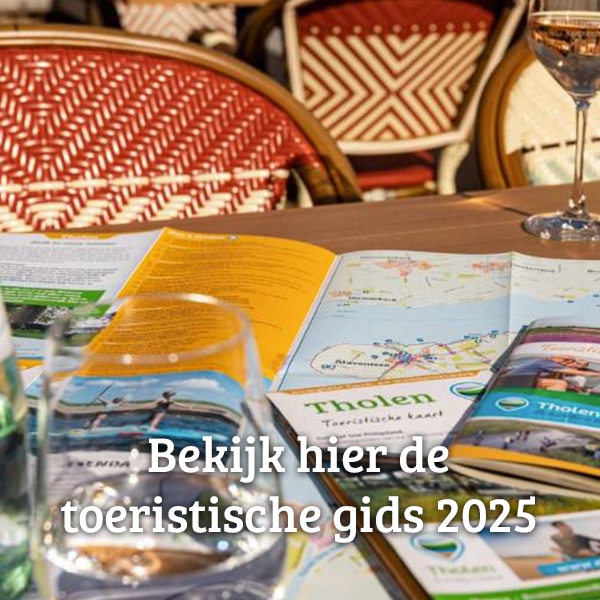Scherpenisse
Origins Scherpenisse is one of the oldest villages on the island. As far back as 1203, a certain Baldewinus is referred to as ‘clericus de Scarpenesse’. This name is probably derived from the Germanic scarpa (sharp or pointed) and nasja…









